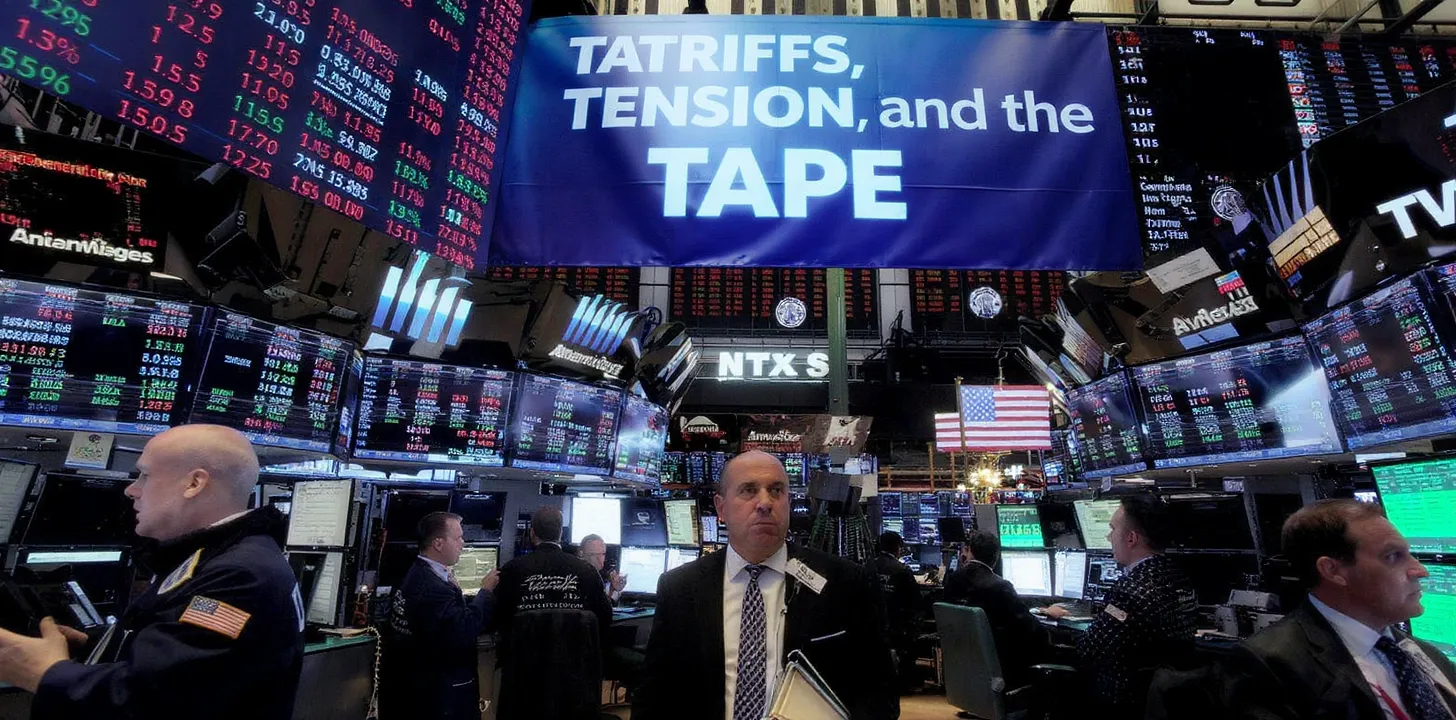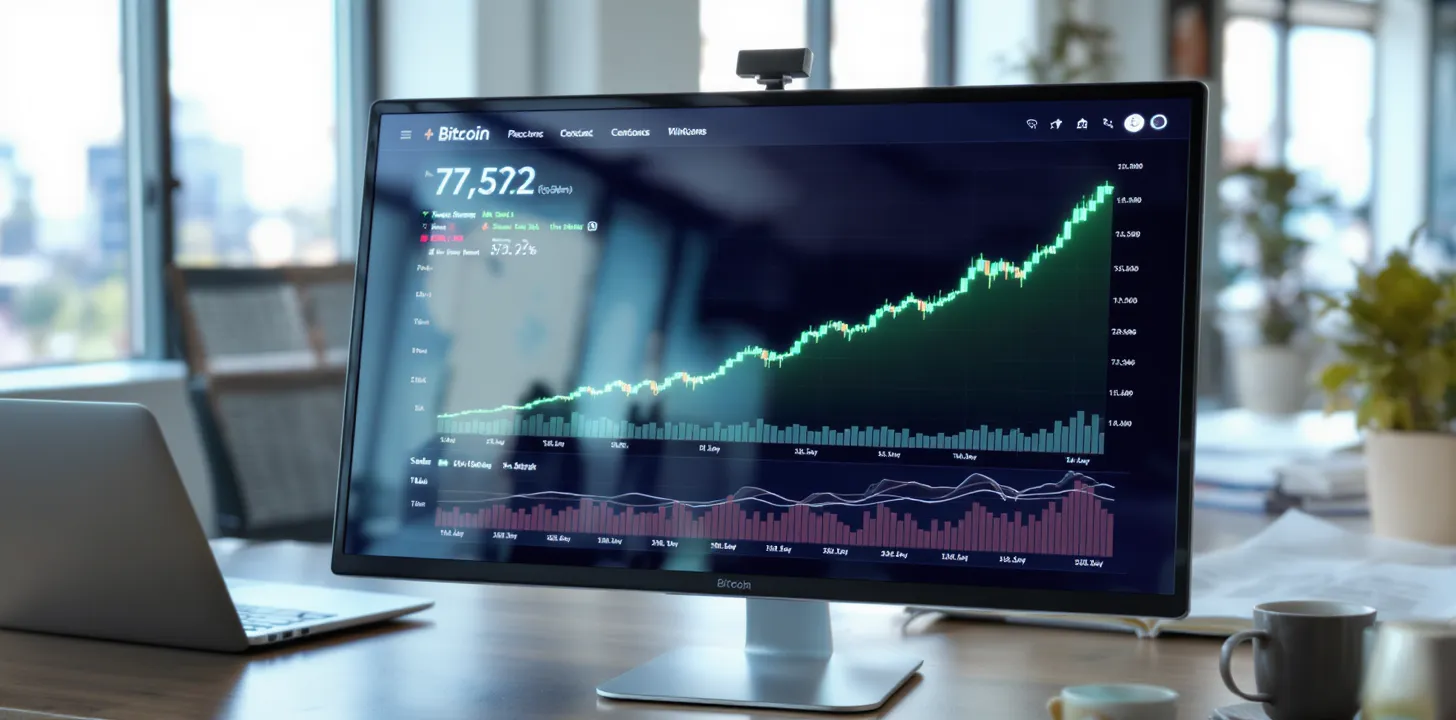The Great Rebalancing: How Demographic Shifts and Digital Transformation Will Reshape Markets in 2025
As we navigate through 2025, the global financial landscape stands at a fascinating crossroads where demographic evolution meets technological revolution. This intersection is creating unprecedented market dynamics that deserve our careful attention and strategic consideration.
The Silver Tsunami's Market Impact
The aging population in developed economies has reached a critical tipping point in 2025, fundamentally altering investment patterns and sector performance. Baby boomers, now well into their retirement years, are orchestrating a massive wealth transfer estimated at $84 trillion by 2025. This demographic shift isn't just a statistical footnote – it's actively reshaping market fundamentals.
Healthcare and biotechnology stocks have experienced remarkable resilience, with the S&P Healthcare Select Sector Index showing particular strength. Companies focused on age-related medical innovations and elder care services are seeing their market capitalizations swell, while traditional consumer discretionary sectors face headwinds from shifting spending patterns.
Digital Assets and Traditional Markets: The New Paradigm
The mainstream adoption of digital assets has evolved beyond the speculation-driven volatility of previous years. Traditional financial institutions have fully embraced blockchain technology, leading to a more sophisticated and integrated market ecosystem. This convergence has created interesting correlations between crypto assets and conventional stocks, particularly in the technology sector.
The emergence of AI-driven market making and quantum computing applications in trading has introduced new forms of market efficiency – and new forms of risks. Companies that have successfully integrated these technologies into their operations are commanding premium valuations, while those lagging in digital transformation face increasing pressure from investors.
The Rise of Climate-Conscious Investing
Environmental considerations have become non-negotiable factors in stock valuations. The implementation of global carbon pricing mechanisms and stricter environmental regulations has created clear winners and losers in the market. Companies with robust environmental strategies and sustainable business models are enjoying lower costs of capital and higher multiples.
Clean energy stocks, particularly those focused on energy storage solutions and smart grid technologies, have seen their valuations soar. Conversely, companies with significant environmental liabilities are experiencing compressed valuations as investors price in transition risks and potential stranded assets.
Geopolitical Tensions and Market Regionalization
The ongoing process of economic decoupling between major powers has accelerated the trend toward market regionalization. Supply chain resilience has become a key metric in stock valuations, with companies demonstrating robust regional diversification commanding premium valuations.
This shift has particularly benefited mid-sized companies with strong regional presence over global conglomerates, leading to a fascinating reversal of the traditional "bigger is better" market paradigm. The MSCI Regional Exposure indices have become increasingly relevant tools for investors navigating this new landscape.
The Remote Work Revolution's Market Impact
The permanent shift toward hybrid work models has continued to reshape real estate and technology valuations. Commercial real estate investment trusts (REITs) focused on traditional office spaces have faced persistent headwinds, while those specialized in data centers and logistics facilities have thrived.
The remote work ecosystem has created a new category of market leaders – companies providing the infrastructure, software, and services that make distributed work possible. This has led to a fundamental reassessment of how markets value physical versus digital assets.
Market Implications and Investment Strategies
These converging trends have created a market environment that demands a more nuanced approach to sector allocation and risk management. Traditional sector classifications are becoming less relevant as technology and sustainability considerations cut across all industries.
The market is increasingly rewarding companies that can demonstrate:
- Robust digital transformation strategies
- Strong environmental credentials
- Effective management of demographic shifts
- Supply chain resilience
- Innovation in remote work enablement
For investors, this means the traditional approaches to sector rotation and style investing need significant revision. The growth versus value dichotomy is giving way to a more complex analysis of how companies are positioned for these structural changes.
Looking Ahead
As we progress through 2025, these trends show no signs of abating. If anything, their influence on market valuations is likely to intensify. Success in this environment requires investors to develop a more sophisticated understanding of how demographic, technological, and environmental factors interact to create value.
The markets of 2025 are teaching us that the future belongs to companies that can navigate these multiple transitions while maintaining operational excellence. For investors, this means developing a more nuanced approach to analysis that goes beyond traditional metrics to understand how companies are positioned for these fundamental shifts in the global economy.



